As a place for families to rest, entertain and meet guests, the living room is often referred to as the “facade†of the house. Most people buy a house, decorate, and buy electricity. And most of our home entertainment activities are done in the living room, such as watching TV, listening to music, playing games... Therefore, TVs, stereos, game consoles, DVDs, air conditioners, drinking fountains and other appliances in the living room are also in our Family life plays an important role. As the most important home appliance in the living room, the TV brings us irreplaceable visual enjoyment. Today we come to discuss, in so many years of development, what changes in the TV in the living room worthy of our attention, it also brought changes to our living room.

In 1925, Bayard successfully assembled the world's first TV set for the first time in Britain. At that time, people did not expect it to become the greatest invention of the 20th century, the darling of our time. From that day onwards, TV has already gone through nearly 100 years. From the earliest scientist's guinea pigs to the wealthy people's luxury goods, it has now become an indispensable and important electric appliance for the people.
With the development of technology and the constant catalysis of people's needs, TV has undergone major changes. The volume, size, function, type, setting position, the history of the television development history of a hundred years is not only the improvement of human display technology, but also a change and progress of human life style.
The first category: the development of the dimensions of the eternal identity
In addition to the phenomenal technology, the increase in the size of the electronic devices that provide humans with visual enjoyment is undoubtedly the inevitable path in its development. From the day the television was first assembled, it continued to develop on the road to "big screen." In the 1980s, people's impression of television was still stuck in a big shell. It was the era of pure kinescopes. There was a 20-inch display at home that was basically a “head†level of treatment. Too far away, we don’t say for the time being (actually Xiao Bian is very young). After 2000, the size of domestic home TVs was more than 32 inches. From the CRT TV to LCD TVs, it became the standard of this era. In recent years, the real size competition for television has been "started" in the first two to three years. More than 40 inches of LCD TVs have gradually fallen into the 10,000 yuan. In just 2-3 years, the 55-inch large screen has gradually fallen to less than 5,000 yuan today. Improvements in technology and cost reductions have gradually increased the screen size that people can accept. The big screen is no longer the only standard for people to buy TV. Screen resolution, color display technology, whether to bring 3D, whether to bring the Android system and other issues gradually began to affect the consumer's purchase.

Due to the increasing size of mainstream TV screens, our TVs have gradually shifted from the original bedroom to the living room. There are even some families in order to meet the needs of watching TV, the general living room will put an oversized, the bedroom will hang a 40-inch wall. With the maturity of technology and the reduction of costs, TV has gradually become a fast-moving consumer product. A multi-screen has become more and more common.
The second category: The development of technology is too fast for the people to follow.

Due to the increasing size of mainstream TV screens, our TVs have gradually shifted from the original bedroom to the living room. There are even some families in order to meet the needs of watching TV, the general living room will put an oversized, the bedroom will hang a 40-inch wall. With the maturity of technology and the reduction of costs, TV has gradually become a fast-moving consumer product. A multi-screen has become more and more common.
The second category: The development of technology is too fast for the people to follow.
The rapid development of technology has brought more and more features to televisions. I remember when Xiao Bian was a child, there was no remote control for the TV. Something advanced will have keys. However, I believe these old antiques have already come out of the market stage. As early as 20 years ago, the remote control seemed to have become standard. However, today we are mainly talking about the technical aspects of the new technologies that have been rapidly developed in recent years. There are many things that may not have been used. These new technologies have become standard.
Complex interface How many devices did you say
Complex interface How many devices did you say
The previous TV interface was very simple and the S port was standard. However, with the development of technology, the current TV interface is generally more than 5 kinds, and some large-size TVs and even interfaces can reach more than 10. HDMI such high-definition interface may be a fresh thing as early as 10 years ago, but now you can look at, the mainstream TV will be equipped with at least three more HDMI interfaces, like USB interface, DP video interface, DVI, VGA interface has become The most common standard, a game console, a computer, multi-interface configuration allows you to switch the device only through the remote control, rather than the previous pull line. Because the configuration is too complete, some TV's interface is idle all the year round. Do not believe you can go home and look at your TV. The interface is full.
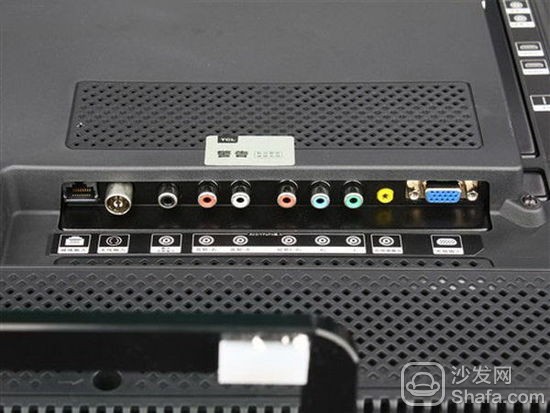
Fight size puzzle resolution Price is not a problem

Fight size puzzle resolution Price is not a problem
At the dawn of the LCD era, the war of resolution has quietly begun. Just looking at the size clearly cannot determine the positioning of a TV. The early 720P TV has already left the stage. The lowest resolution of LCD TVs is now in HD (1920X1080) specifications. Due to the reduction of costs, the 4K concept was once very popular last year, and the resolution of the 4K TV reached an unprecedented 3840X2160, and the price of a 50-inch 4K TV also gradually dropped to less than 5,000 yuan. Let's look at our TV signals. Even with 4K TVs being so cheap, high-definition TV sources are still not quite available, let alone 4K. For a time, technology has surpassed practicality in reality. Perhaps this is the premise of this speed inconsistency, more and more high-tech into the millions of households at the same time there have been problems.
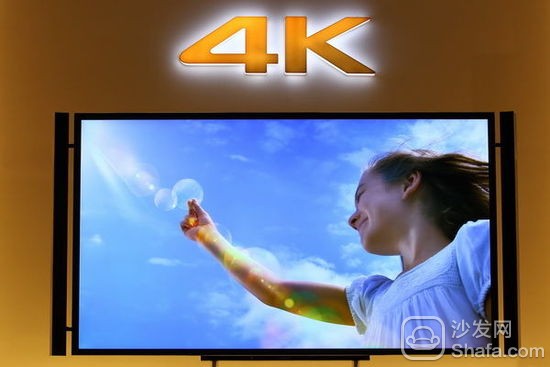
Network Smart TV - not so easy to use

Network Smart TV - not so easy to use
With the advent of the era of network development and information explosion, television has also begun to plug in the network cable. Earlier TVs with network cards can be traced back to 6 years ago, but I believe there are many families of TVs that still do not have access to this network cable. Young people will use it to thank them, but this problem of aging in China will gradually increase. In the environment, it is believed that televisions that are not plugged in cable are still mostly. Speaking of online television, smart TV has to mention. Two years ago, the “new generation†of smart TVs with built-in Android systems was extremely popular, which greatly grabbed the market share of TV boxes. However, it is still a problem whether the software is easy to use or easy to use. Knowing that today, although smart TVs with systems have become the mainstream products of many manufacturers, the ease of use is still not ideal. Android systems are open source, but they can do different things. They want to use them easily. Difficult.
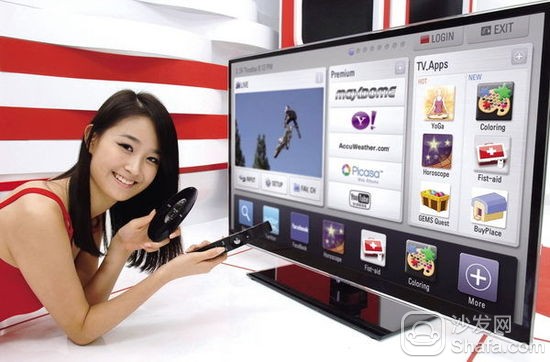
3D display technology - the most standard but least commonly used

3D display technology - the most standard but least commonly used
The earliest batch of TVs with 3D capabilities we can trace back to 2006, whether it is active polarization or red and blue glasses, 3D display at the time really became a selling point for TV in the market, but even It is naked-eye 3D TV that has emerged today. The concept of 3D is still not being “paid by the majority of users†in the development of nearly 8 years. Although many TVs now come standard with 3D capabilities (regardless of 3D mode), this is indeed the most common but least commonly used tasteless feature. Perhaps the development of science and technology is too fast and not good, causing consumers to start "wasting" technology.
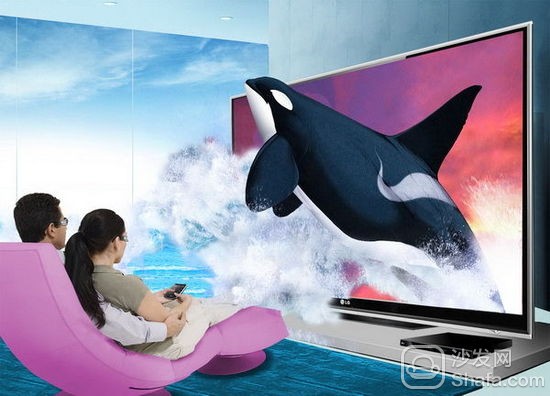
Laser TV - the future is not far

Laser TV - the future is not far
From CRT TVs to plasma TVs to today’s most popular LCD TVs, phenomenal technological innovations drive the constant replacement of our television types. With the cost display and size constraints, laser TVs may become the next family of people. The new darling in the living room. 100-inch large screen, new display technology, in the high-speed innovation technology, our choices have also undergone major changes. Although the current general price of laser TVs is about 10 million, but for this speed of development, Xiao Bian can "suddenly decide" about it, after two years, laser TV may also become the mainstream living room home users standard.
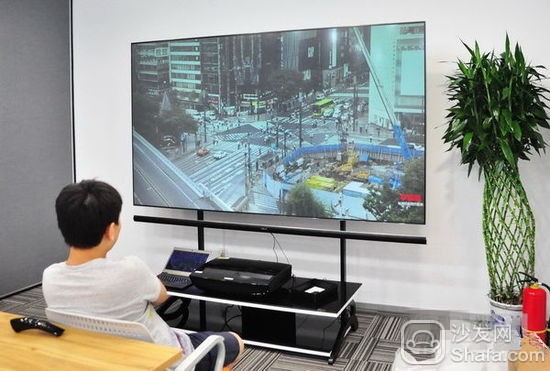
We can't keep up with the pace of technological development
The development of science and technology has brought about tremendous changes in our lives. As the protagonist of the living room, the changes in television in recent years are the most obvious. Because the needs of our visual enjoyment are constantly changing, television is also changing and the living room is also quietly developing. From the examples listed above, we can see that the rapid development of science and technology has made our vision of visual enjoyment more and more critical, so that we can use technology to improve our lives and enjoy life. But at the same time, we also found that TV technology is developing too fast and new features emerge in an endless stream. It can be said that it is “absolutely impossible to stopâ€, which has led to many new technologies being “eliminated†before we can enjoy it. Therefore, when we buy a TV, we don't need to blindly follow the manufacturer's publicity gimmick, but we must find our true needs. After all, we buy a product that we want to use in our lives, rather than simply being guided by technology.
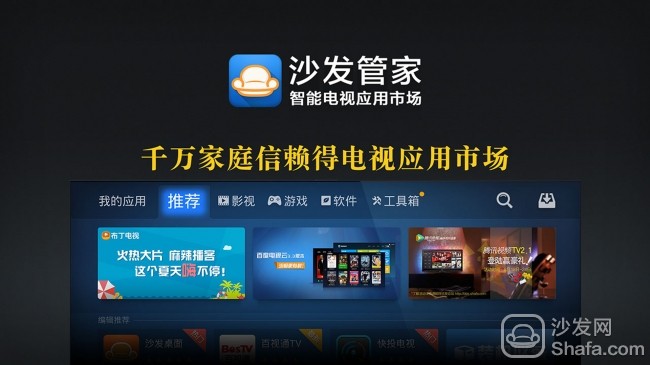

We can't keep up with the pace of technological development
In recent years, the development of display technology has not only been described by "high-speed". The functions of televisions have become more and more full, the sizes have become larger and larger, the resolution has become higher and higher, and many functions have not even been familiar with them. It is no longer a hotspot. Many users’ TVs at home do not have any "use of everything." The function of being a gimmick was very likely to buy home and become a decoration. The "waste" of the year did not seem to affect the advancement of technology and the enthusiasm of manufacturers to publicize it. Decades ago, we may have updated television for 5 years, 10 years, or even longer. From today's point of view, I believe that many young people's time to update television has become five or even three years. Change in 1 year. TV was also transformed from a "big piece" that was considered a valuable item to a fast-moving product like a mobile phone. Faced with such a fast-changing market and technology, Xiao Bian suggested that everyone use TV as a practical principle and use it as a bottom line. When buying, do not use it. Buy it back and use it for everything. If you do not hesitate to hesitate, then it is very likely that the "latest technology" at that time will have been "bad", and all purchases are made for use. As long as the economy can withstand it, why wait?
Xiao Bian concludes:
Xiao Bian concludes:
The development of science and technology has brought about tremendous changes in our lives. As the protagonist of the living room, the changes in television in recent years are the most obvious. Because the needs of our visual enjoyment are constantly changing, television is also changing and the living room is also quietly developing. From the examples listed above, we can see that the rapid development of science and technology has made our vision of visual enjoyment more and more critical, so that we can use technology to improve our lives and enjoy life. But at the same time, we also found that TV technology is developing too fast and new features emerge in an endless stream. It can be said that it is “absolutely impossible to stopâ€, which has led to many new technologies being “eliminated†before we can enjoy it. Therefore, when we buy a TV, we don't need to blindly follow the manufacturer's publicity gimmick, but we must find our true needs. After all, we buy a product that we want to use in our lives, rather than simply being guided by technology.
Recommended installation sofa butler Download: http://app.shafa.com/

RF microwave filters represent a class of electronic filter, designed to operate on signals in the megahertz to gigahertz frequency ranges (medium frequency to extremely high frequency). This frequency range is the range used by most broadcast radio, television, wireless communication (cellphones, Wi-Fi, etc.), and thus most RF and microwave devices will include some kind of filtering on the signals transmitted or received. Such filters are commonly used as building blocks for duplexers and diplexers to combine or separate multiple frequency bands
Cavity Filter,Microwave Cavity Filter,Aluminium Cavity Filter,In-Band Flatness Filter,Rf Cavity Filter
CHENGDU JING XIN MICROWAVE TECHNOLOGY CO., LTD , http://www.cdjx-microwave.com